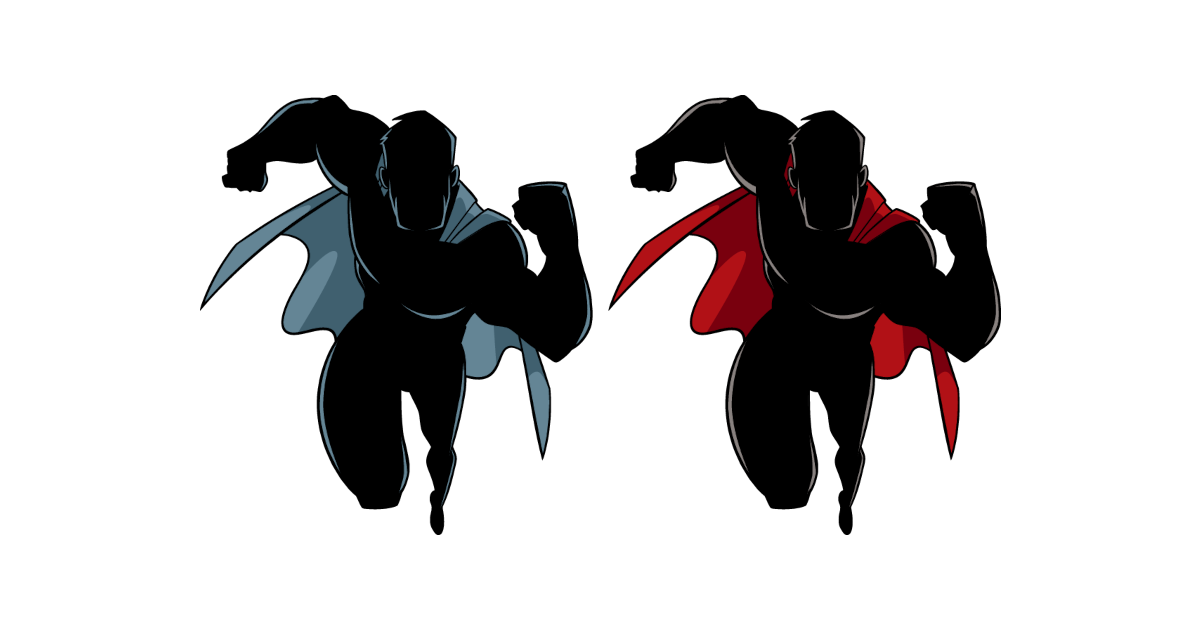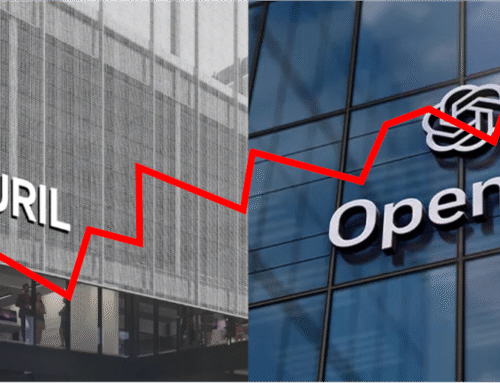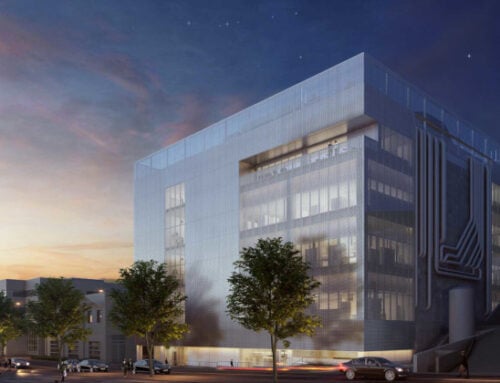At PLANNET, we are committed to creating safe and secure environments. Our team works with the latest technology and approaches to design integrated systems safeguarding all your business’s most valuable assets and personnel. We’re proud to introduce our top security and fire-life safety technologists, David Dickinson and Mike Morawski. In this interview, we’ll share their backgrounds, experiences, and keen insights to help you navigate your facility’s security and safety options.
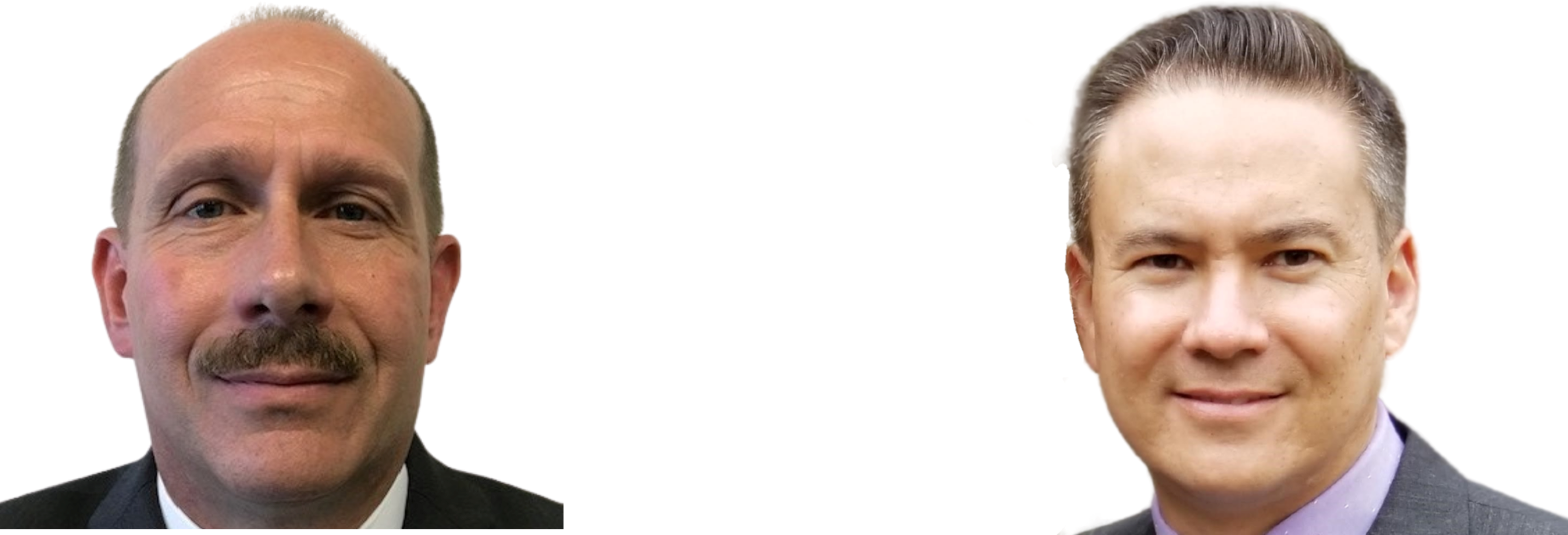
Dave Dickinson Mike Morawski
Q- Could you both introduce yourselves and give a brief overview of your background?
Dave: “My career has been very varied, covering many areas in law enforcement. I started with field operations and spent many years there. I worked in patrol training, moved to field supervision, and then into investigations. I handled a range of cases, including crimes against persons, sex crimes, and domestic violence. Eventually, I moved into special investigations and became a liaison with the Joint Terrorism Task Force of Orange County. In that role, I conducted investigations and assessments for the areas within my jurisdiction, helping with various cases. As I moved up the ranks, I became a supervisor for different investigation units, focusing on property crimes and then crimes against persons. After being promoted to Lieutenant, I served as a Watch Commander, overseeing all activity during a shift, and later as the Area Commander for the central part of Brea, which included managing relationships with the business community. My last four years were spent as the Division Commander, overseeing all operations for the police department. Over my 30-year career, I’ve seen a lot and gained experience in many aspects of law enforcement, from operations to investigations, including threat assessment, as well as strategic planning. All of which provide a unique perspective for security applications.”
Mike: “My journey into the security field began early, as my father was in the security industry. He worked as an engineer in the Air Force and then for an alarm company. I used to help him with various projects, so I’ve been exposed to security from a young age. My career started in customer service, where I managed a department for a couple of years before becoming a technician and then a project manager. I even did some sales work. At one point, I was a recruit with the LAPD, but I got injured in the academy and didn’t complete the process. After that, I joined Red Rock Security and Cabling as an engineer and project manager. I moved up to pre-construction manager, overseeing the estimating department, and eventually became the General Manager of the security division. A friend told me about an opening at PLANNET for a security consultant, and I was looking for a new challenge. PLANNET’s great reputation and the chance to work with a strong team appealed to me, so I joined, and it’s been a great fit so far.”
Q- What key projects or roles have you both been involved in that have shaped your expertise in security design?
Dave: “During my time at PLANNET, I’ve been involved in several different types of projects. Some notable ones include work for Los Angeles World Airport, the Norton Simon Museum of Art, William Morris Endeavor, and various multi-floor buildings where we’re redoing the security systems from the ground up. One of the significant roles in my previous career was overseeing the body-worn camera project at the police department. That project was a major undertaking, and I was responsible for ensuring it was implemented successfully, which involved a lot of coordination and planning.”
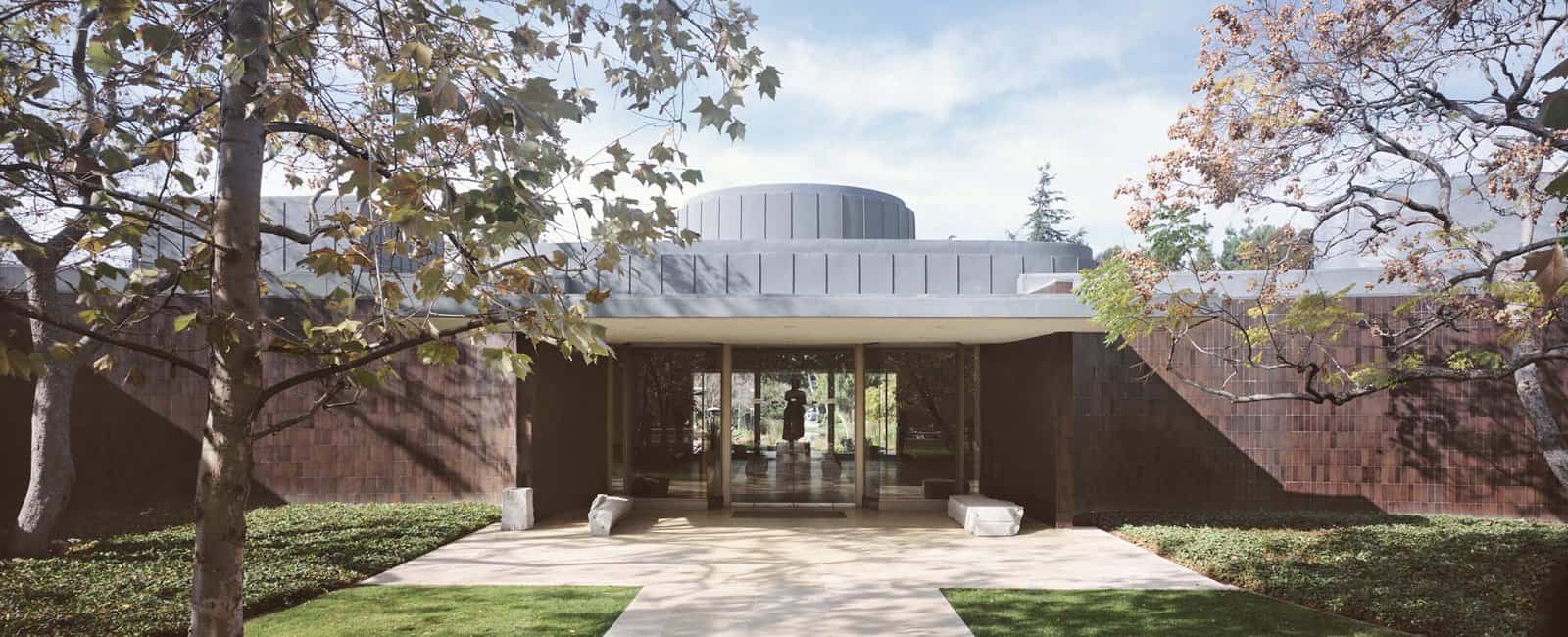
Norton Simon Museum- L.A.
Mike: “I’ve been in the security industry for about 26 years, and I’ve seen it all—from small, single-reader card systems to massive projects with hundreds of cameras and readers spread across multiple campuses. Some key projects I’ve worked on include implementing security systems for Hyundai Capital, NBCU, and the Irvine Company, where we handled everything from multifamily apartment buildings to large office spaces. At PLANNET, we’ve been heavily involved with LAWA and other significant projects like Fifth Season. My experience across different roles—from technician to project manager to security consultant—has given me a broad perspective on designing and implementing effective security solutions.”
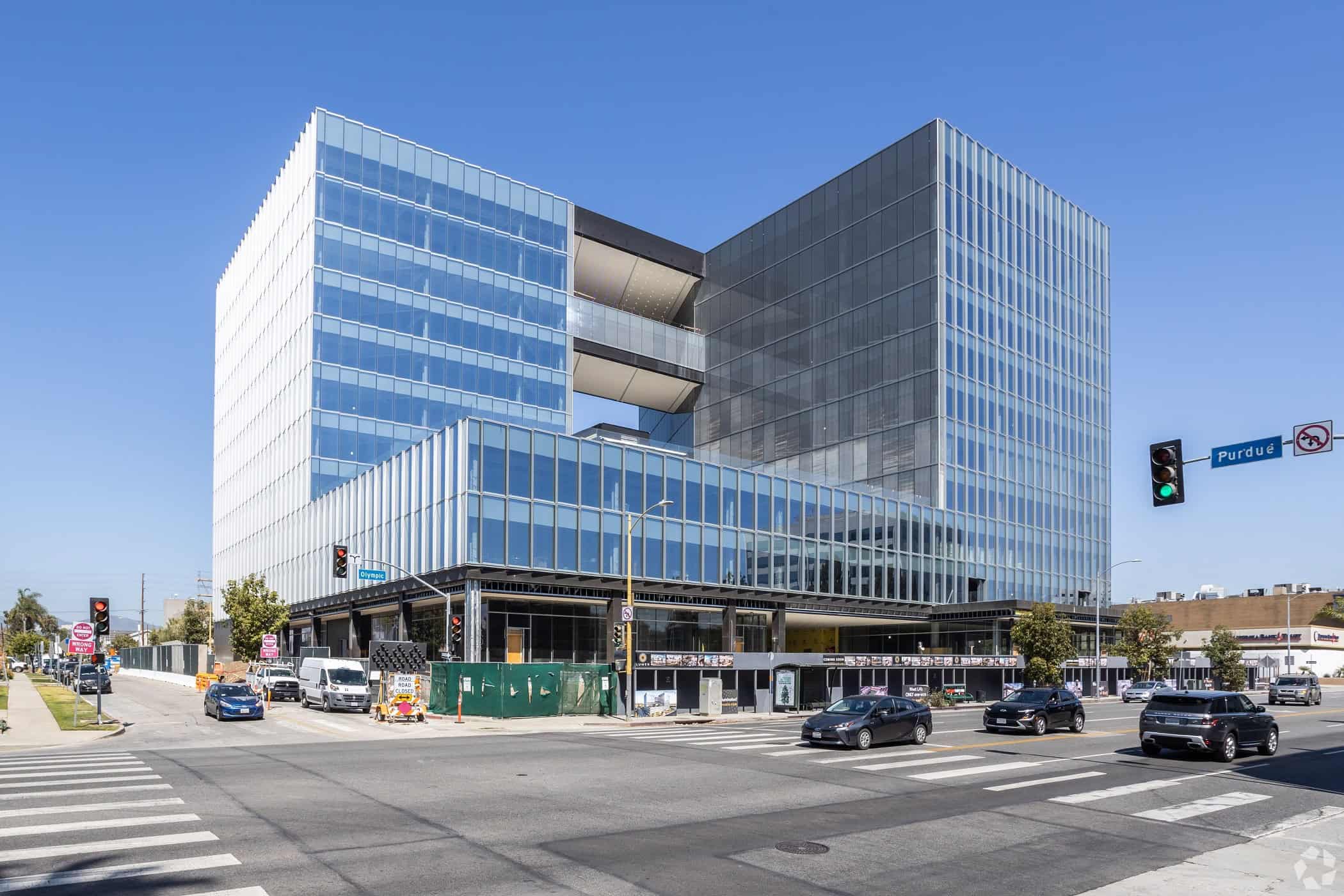
Fifth Season- L.A.
Q—Can you describe your current roles within the company and a typical day for each of you?
Dave: “My current role as a security consultant involves a lot of design work. I’m responsible for the layout of security devices and coordinating with clients to understand their needs. Many clients have an initial vision of what they want their security system to look like. Still, it’s our job to refine that vision, showing them the best camera placements, access control options, and other available technologies. I spend most of my time on the design side, but I also go on-site visits when issues need addressing in person, like conflicts in the field or adjustments that need to be made based on real-world conditions. For me, being on-site walking the project and interacting with clients is very enjoyable.”
Mike: “As a Senior Security Consultant, my role is quite varied. On any given day, I could review drawings, speak with customers, develop specifications, or work with integrators to help them understand the design. Staying up to date on new products and technologies is also a big part of my job. Even though I’m based on the East Coast and can’t always be on-site for projects on the West Coast, I work closely with David and the rest of the team to ensure we deliver effective security solutions. A typical day starts early for me, catching up on emails and project updates, then coordinating with the team to address any pressing issues.”
Q- How do your backgrounds complement each other?
Dave: “Mike’s extensive experience with security technology and system design is invaluable. He understands the technical aspects of the systems and can handle complex integration challenges. On the other hand, my background in law enforcement gives me insight into how security systems are used in real-life scenarios, particularly in high-pressure situations. I understand the importance of procedures and protocols and how to respond to various security alerts. Together, we provide a comprehensive approach to security design that covers both the technological and procedural aspects, ensuring our solutions are robust and practical.”
Mike: “David brings a lot to the table with his law enforcement experience, especially regarding threat assessment and understanding how security measures impact people on the ground. He’s very detail-oriented and has a great sense of structuring procedures to ensure security systems are effective. My focus has always been on the technology side, ensuring we use the right tools and systems to meet our clients’ needs. We complement each other well because we approach problems from different angles, which helps us create more effective and well-rounded security solutions.”
Q- What are some of the biggest challenges you and your peers face while designing security solutions?
Dave: “One of the biggest challenges we face is getting all the right stakeholders involved from the beginning. Different departments within a client’s organization have different needs—IT will have different priorities than HR, and executives will have their own concerns. Getting everyone on the same page can be difficult, but it’s crucial for developing a comprehensive security plan. Another challenge is working within budget constraints. Clients often have big expectations, but security technology can be expensive, so one of our jobs is to help design a system that provides our clients with a comprehensive security system within their budget parameters.”
Mike: “I agree with David. Getting buy-in from all the relevant stakeholders is critical, but it’s not always easy. Sometimes, we’ll have a meeting, and everyone seems to agree on the direction, but then we have a follow-up meeting, and someone new joins the discussion with different ideas, which can change the project’s direction. Balancing the needs of different departments and working within budget limitations are two of the biggest challenges we face. Each project is unique, so we must be flexible and adaptable to meet our clients’ needs.”
Q—What are some of the latest trends and technologies in security design that you find exciting?
Dave: “We’re seeing a lot of exciting developments in AI and machine learning, which are becoming more integrated into security systems. These technologies can provide proactive alerts and analyze behavior, helping security teams respond quickly to potential threats. For example, AI can detect loitering or unusual behavior in a specific area and send an alert for someone to check it out. Analytics are also improving, allowing us to search through hours of footage quickly to find specific incidents, which saves a lot of time. Drones are another area of interest. They can be used for patrolling large areas or responding to alerts, providing real-time information to security personnel.”
Mike: “AI and machine learning are at the forefront of security technology right now. These systems can greatly improve operational efficiency by providing proactive notifications and detecting anomalies. For example, a system could alert security personnel if it detects an unattended backpack in a crowded area or if someone is accessing an area they normally don’t. This kind of proactive approach makes it easier to manage large-scale security operations. Drones are another exciting development. They can be used for everything from patrolling perimeters to monitoring large events, reducing the need for human presence in potentially dangerous situations.”
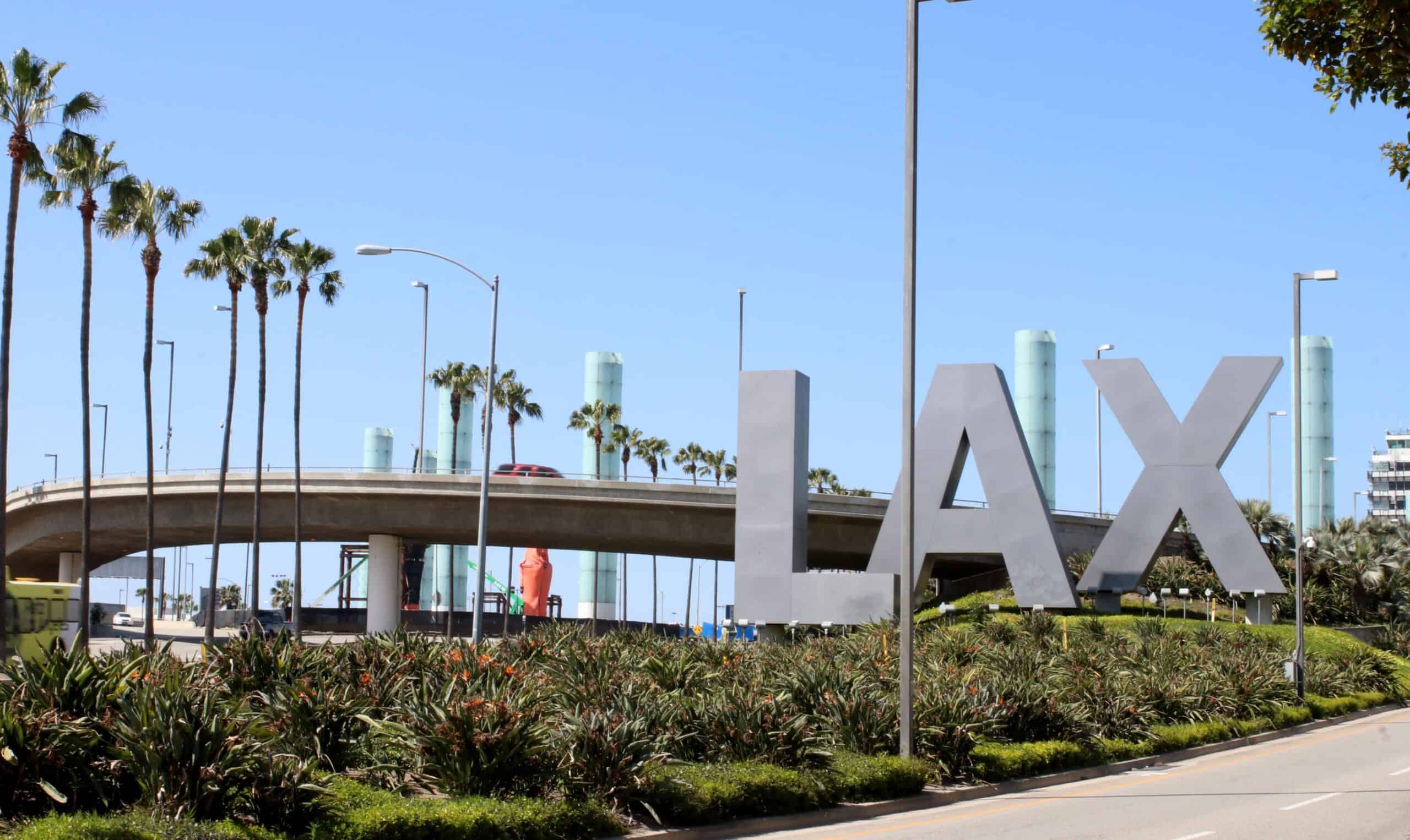
Los Angeles World Airport LAWA
Q- How do you stay updated with the constant technological security changes and advancements?
Dave: “To stay current, I’ve become a member of ASIS International, a global security organization that offers many resources for professionals in the field. I recently obtained the Physical Security Professional (PSP) certification, a great way to stay updated on best practices. ASIS provides webinars, training classes, and a wealth of information on new security trends. Attending conferences like ISC West is also important for seeing new products and making connections with vendors. It’s all about staying engaged and continuously learning.”
Mike: “We stay up to date by attending industry conferences and trade shows and participating in Lunch & Learns. We’re always in contact with manufacturers, who keep us informed about new products and technologies. Training and certification programs are also a key part of staying current. It’s important to keep learning and adapting because security is always evolving. Being proactive about learning helps us provide the best solutions to our clients.”
Q- How do you ensure that the security solutions you design are both effective and user-friendly for clients?
Dave: “Privacy concerns are something we have to consider. It depends a lot on the culture of the organization. Some clients are open to extensive surveillance, while others are more cautious. For instance, some law firms we’ve worked with prefer minimal surveillance to maintain client confidentiality. In educational settings, there’s often a debate about how much monitoring is appropriate, especially in areas like study rooms or dorms. It’s a delicate balance between providing security and respecting privacy.”
Mike: “Privacy is a big issue, especially in places like apartment buildings or fitness centers where people expect a certain level of privacy. We try to be sensitive to these concerns by placing cameras only where necessary and ensuring they’re not invasive. We also discuss with clients the importance of transparency and ensuring employees and residents know where cameras are placed and what they’re used for. Balancing security and privacy is always a challenge, but it’s crucial to maintaining trust with clients.”
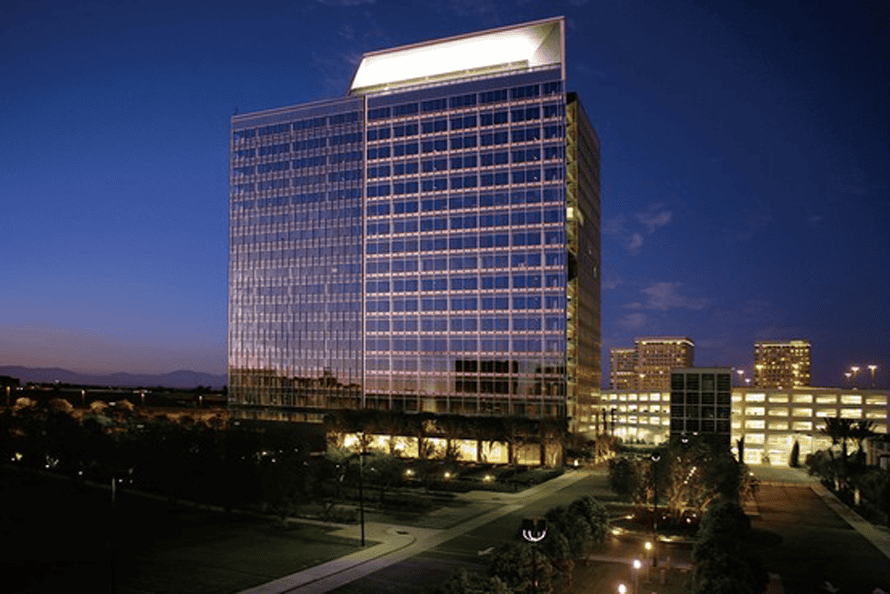
Hyundai Capital- Orange County, CA
Q- Is there anything else you would like to share about your work or the importance of security technology?
Dave: “The future of security is clearly moving towards more advanced technology. AI, drones, and analytics will continue to play a significant role, making security systems more efficient and responsive. I think we’ll see more integration of these technologies in large-scale environments like airports, stadiums, and public spaces. The goal is to create systems that provide real-time information and alerts, allowing quicker responses to potential threats.”
Mike: “I agree. In the next 5-10 years, we will see many security technology advancements. AI and machine learning will become even more integrated, allowing systems to learn and adapt to different situations. Drones will likely become a standard tool for patrolling and monitoring large areas. The focus will be on creating security systems that are effective and user-friendly, ensuring that they can be easily managed and understood by the people using them.”
Learn More about how PLANNET services help clients create secure and safe workplaces, learning environments, and life spaces that enhance and stay true to your architectural vision.

